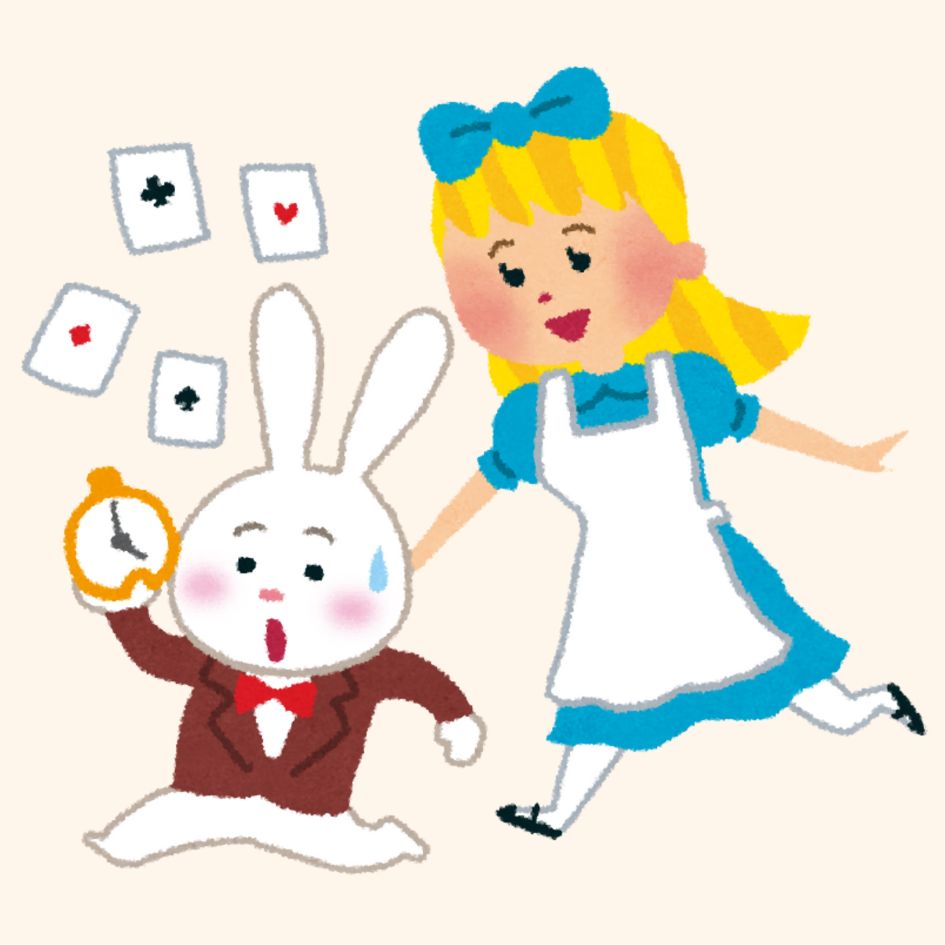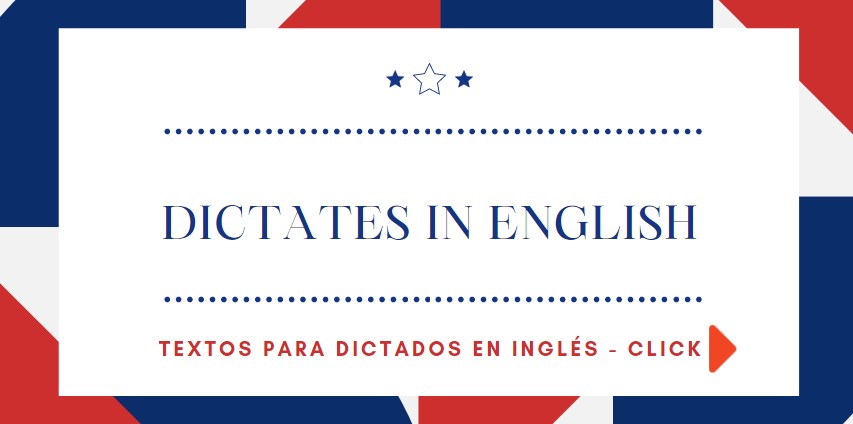
Lewis Carroll and the Power of Fantasy in Alice’s Adventures in Wonderland 🐇🎩✨
“Who in the world am I? Ah, that's the great puzzle.” — Lewis Carroll, Alice’s Adventures in Wonderland
Lewis Carroll, the author behind the beloved Alice’s Adventures in Wonderland, was more than just a writer—he was a mathematician, logician, photographer, and a master of fantasy. His most famous novel, written in 1865, continues to captivate readers of all ages with its curious characters, whimsical landscapes, and nonsensical charm.
But what makes Alice in Wonderland so enduring? 🤔
Why is it considered a masterpiece of fantasy literature?
And how did Carroll’s unique mind help redefine the limits of storytelling?
Let’s take a fascinating journey down the rabbit hole to explore Lewis Carroll’s world of fantasy, the historical context in which he wrote, the innovative ideas that shaped Wonderland, and why his story remains magical even over 150 years later. 🌟
🧠 Who Was Lewis Carroll?
Real Name: Charles Lutwidge Dodgson
Pen Name: Lewis Carroll
Born: January 27, 1832, in Daresbury, England
Died: January 14, 1898, in Guildford, England
Lewis Carroll was an Oxford-educated mathematician and a brilliant academic. He was also a stammerer, deeply shy, and surprisingly witty. Underneath his scholarly exterior lay a wildly creative imagination.
He became close friends with the family of Henry Liddell, the Dean of Christ Church, Oxford. Carroll developed a special bond with Alice Liddell, one of the Liddell children, who inspired the main character of his most famous tale.
In 1862, during a boat trip on the Thames with the Liddell sisters, Carroll began weaving the now-famous story of a young girl who falls down a rabbit hole. Alice loved it so much that she begged him to write it down. The rest is literary history. 📚
🏰 The Birth of Alice’s Adventures in Wonderland
Published in 1865, Alice’s Adventures in Wonderland was an instant success. But it was more than just a children’s book—it was a revolution in imaginative fiction. At the time, most children’s stories were moralistic and preachy. Carroll's book dared to be different.
He offered young readers something radical:
✅ A world without rules
✅ Characters who were irrational and unpredictable
✅ A heroine who questions everything
Instead of teaching children how to behave, he invited them to dream. 💤💭
🌌 What Is Fantasy, and Why Did Carroll Use It?
Fantasy as a genre involves creating worlds that defy reality. It’s not just about magical creatures or made-up lands—it’s about breaking boundaries, challenging logic, and using imagination as a tool of freedom.
Carroll, with his background in mathematics and logic, was especially skilled at turning reality upside down. In Wonderland, the laws of time, space, and identity constantly shift. Through fantasy, Carroll questions:
- What does it mean to grow up?
- How do we make sense of the world?
- Can nonsense hold deeper meaning?
His use of fantasy wasn't an escape from reality—it was a way to explore it more deeply.
🔍 Themes of Fantasy in Alice in Wonderland
Let’s break down the most important elements of fantasy in Alice in Wonderland, and why they matter:
1. The Journey Into the Unknown 🕳️
Alice falls into a rabbit hole—a literal plunge into the subconscious. This is the classic fantasy motif: crossing the boundary from the real world into a magical one.
But Carroll’s Wonderland is chaotic, illogical, and often frightening. It's not always a happy place, and that's part of the genius. It reflects the confusion and complexity of growing up.
2. Dream Logic and Nonsense 💤🔄
Things in Wonderland don’t follow our normal rules. Tea time is endless. Cats vanish into thin air. The Queen of Hearts shouts “Off with their heads!” for no reason.
This nonsense is central to Carroll’s fantasy style. But it’s carefully constructed nonsense, filled with puns, riddles, and linguistic twists. For example:
- The Mad Hatter's riddle: "Why is a raven like a writing desk?" (Spoiler: there's no answer!)
- The Cheshire Cat’s grin, which exists even when the cat is gone—a paradox.
Carroll invites readers to play with language and meaning, a rare freedom that fantasy allows.
3. Identity and Transformation 🔄🧍♀️
Alice keeps growing and shrinking, which isn't just for laughs. It symbolizes the awkwardness of childhood and adolescence—not knowing where you fit or who you're becoming.
She also struggles with remembering lessons, speaking properly, or keeping her temper. These moments reflect how fantasy explores internal conflict through external adventure.
4. Absurd Authority and Rebellion 👑🃏
The rulers of Wonderland—like the Queen of Hearts or the King—are irrational tyrants. They make senseless rules, punish people randomly, and don’t listen.
Carroll uses fantasy to mock authoritarian figures and encourage critical thinking. Alice doesn’t simply obey—she questions everything, making her a powerful symbol of reason in a mad world.
📜 Historical and Literary Context
To understand Wonderland fully, we need to consider Victorian England, the time when Carroll wrote it.
Education and Children in the 1800s 🏫
In the mid-19th century, children's literature was dominated by moral lessons and rigid rules. Books often focused on obedience, faith, and discipline. Imagination wasn’t encouraged—it was seen as dangerous or frivolous.
Carroll’s story challenged that mindset. He treated children as intelligent, curious, and imaginative. His use of fantasy wasn’t just artistic—it was political.
Literary Influences 📖
Carroll drew from several traditions:
- Fairy tales, like those of the Brothers Grimm
- Gothic literature, with its sense of the uncanny
- Nonsense poetry, a uniquely British form
His work also influenced future generations of fantasy authors, such as:
- J.R.R. Tolkien (The Lord of the Rings)
- C.S. Lewis (The Chronicles of Narnia)
- Neil Gaiman (Coraline, The Ocean at the End of the Lane)
🎨 Visual Fantasy: The Power of Illustration
Carroll worked closely with illustrator John Tenniel, whose iconic drawings helped bring Wonderland to life. The images of the White Rabbit, Mad Hatter, and Caterpillar are instantly recognizable.
Illustrations made the fantasy more immersive, and the pairing of words with whimsical pictures became a standard for children’s literature.
In many ways, the visual storytelling was as revolutionary as the text itself.
🪞 The Sequel: Through the Looking-Glass
Carroll continued Alice’s adventures in 1871 with Through the Looking-Glass. This time, she steps into a world structured like a chessboard, filled with mirrors, wordplay, and even deeper philosophical puzzles.
Here, fantasy is used to explore:
- Time and memory
- Logic and contradiction
- Dreams vs. reality
If Wonderland is about chaos and transformation, Looking-Glass is about structure and duality. Together, they form a complete vision of childhood as both confusing and deeply meaningful.
📽️ Alice’s Influence on Pop Culture
Alice in Wonderland has never gone out of fashion. From early silent films to Disney’s 1951 animated classic and Tim Burton’s darker reimaginings, the story keeps evolving.
Why? Because fantasy is timeless. Carroll’s world invites reinterpretation, from psychedelic art to political satire. Themes of identity, logic, and rebellion resonate across generations.
Famous adaptations and influences include:
- 🎥 Disney's Alice in Wonderland (1951 and 2010)
- 🎭 Alice as a metaphor in rock music, like Jefferson Airplane’s “White Rabbit”
- 📚 The Matrix’s "red pill" is a direct nod to the rabbit hole
- 🎮 Video games like American McGee’s Alice, which turn Wonderland into a dark, psychological fantasy
🧠 Why Lewis Carroll’s Fantasy Still Matters Today
In an age of algorithms, AI, and constant information, Carroll’s nonsense and fantasy remain surprisingly relevant.
Here’s why Alice’s Adventures in Wonderland is more than just a children’s story:
- It teaches us to question what we’re told.
- It celebrates curiosity over conformity.
- It embraces chaos as part of growth.
Through fantasy, Lewis Carroll gave readers a mental playground—a place where language could twist, logic could bend, and imagination was king. 👑✨
📝 Final Thoughts: Following the White Rabbit 🐇
Lewis Carroll wasn’t just telling a fairy tale. He created a new way of seeing the world—one where logic is playful, authority is questioned, and the impossible is possible.
In Alice’s Adventures in Wonderland, fantasy isn’t just decoration—it’s a powerful tool for exploring reality. That’s why it still enchants readers today.
So next time you feel lost or uncertain, remember:
"We’re all mad here."
And sometimes, madness is just another way to find meaning.
✅ FAQs
Who inspired the character of Alice?
Alice Liddell, the daughter of Carroll’s friend, inspired the fictional Alice.
Was Lewis Carroll only a writer?
No—he was also a mathematician, photographer, and Oxford lecturer.
Is Alice in Wonderland just for children?
Not at all! Its themes, wordplay, and logic appeal to adults, scholars, and artists alike.
What is the main message of the book?
To question reality, embrace imagination, and explore identity in a changing world.
📚 Sources
- Gardner, Martin. The Annotated Alice. W.W. Norton & Company, 2000.
- Cohen, Morton N. Lewis Carroll: A Biography. Macmillan, 1995.
- Sigler, Carolyn. Alternative Alices: Visions and Revisions of Lewis Carroll's Alice Books. University Press of Kentucky, 1997.
- British Library
- Oxford University Archives

